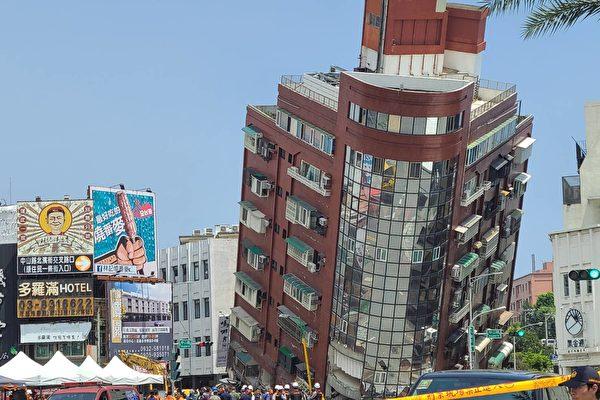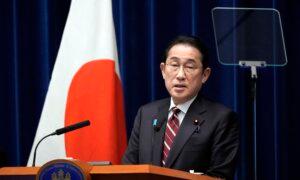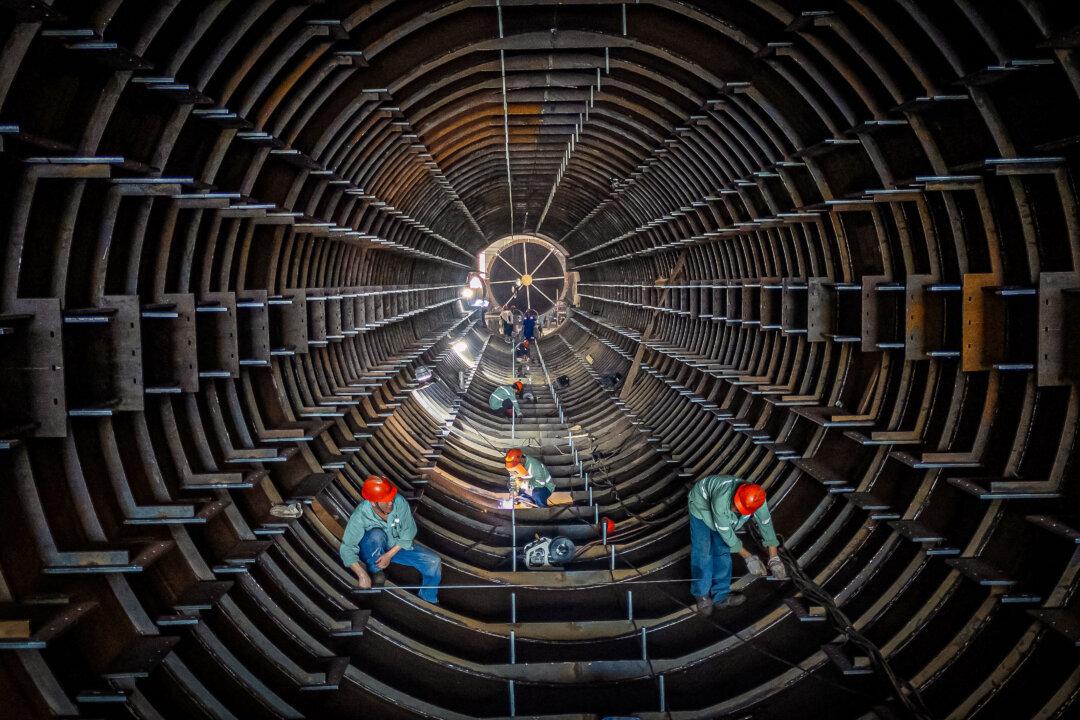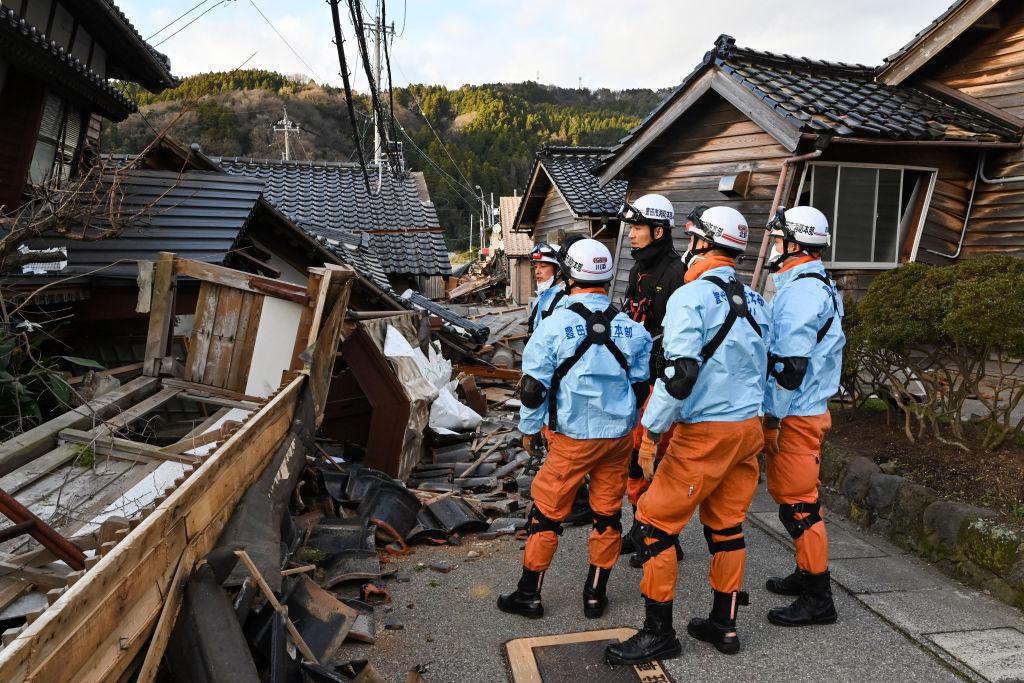A significant earthquake of magnitude 7.2 struck Taiwan on the morning of April 3, leading to tsunami warnings across nearby regions, including Okinawa Prefecture’s main island, Miyako Island, and the Yaeyama Islands in Japan.
These warnings were subsequently lifted by noon. The inhabitants of Yonaguni in Okinawa Prefecture, located merely 111 kilometers from Taiwan and the closest Japanese territory to the quake’s epicenter, experienced prolonged horizontal shaking.
In response to the seismic activity, tsunami warnings forecasting waves up to 3 meters high were issued for Okinawa’s main island and its surrounding areas. A tsunami measuring 30 centimeters was observed on Yonaguni Island at 9:18 a.m.
At the Okinawa Prefectural Government Hall, situated in the heart of Naha City, staff were immersed in gathering crucial information and coordinating evacuation efforts amidst the sounding alarms.
Shigenori Takenishi, the 61-year-old president of the Yonaguni Town Fishing Association, vividly recalled the event, stating, “We felt the horizontal shaking for about 30 seconds to a minute, and it felt like a long time.”
Despite the intensity, Mr. Takenishi noted that the earthquake did not cause any objects to fall or overturn. In the aftermath, he, along with his family and 40 to 50 other individuals, sought refuge in areas of higher elevation, closely monitoring their surroundings with concern.
By around 10 a.m., a group of approximately 200 individuals, encompassing children, students, residents, and tourists, had safely evacuated to the Taketomi Town Kuroshima Elementary and Junior High School. Ryuto Kawamitsu, the school’s vice principal, reflected on the calm response, attributing it to regular evacuation drills. “We were surprised by the warning, but since we regularly conduct evacuation drills, the children and residents were calm, and the evacuation was conducted without panic,” he stated.
Following the quake, residents, alongside tourists lodging in nearby accommodations, promptly sought shelter at the school. A female staff member remarked on the overwhelming turnout, saying, “All the classrooms on the second floor were open and filled with so many people that it was impossible to count them all.”
In the wake of the earthquake, Japan’s Ministry of Defense announced that starting from 9 a.m., the Self-Defense Forces had mobilized five aircraft for aerial reconnaissance missions to gather tsunami-related data. These aircraft included F15 fighter jets, U-125A search and rescue planes, and UH-60J helicopters. As of 11:30 a.m., no damage was reported in Okinawa, indicating the region’s preparedness and resilience in the face of natural disasters.







